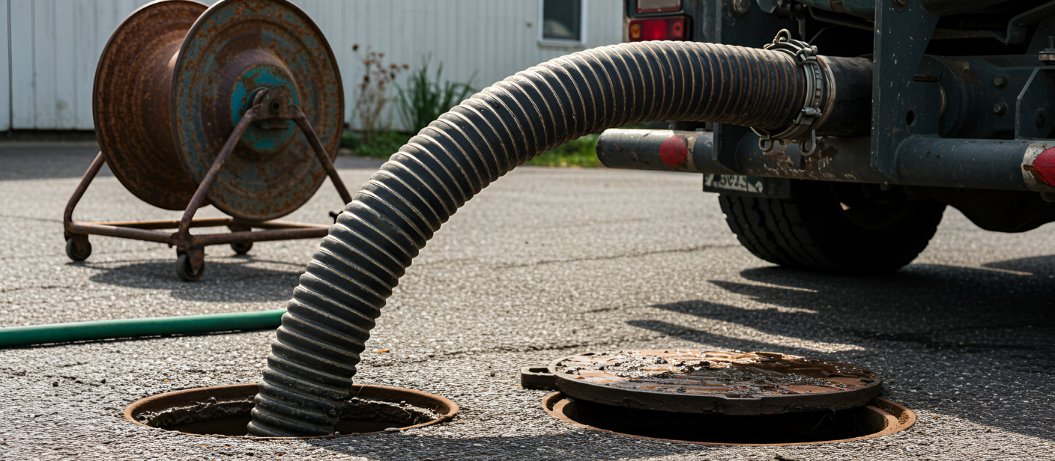For many industries which deal with the pumping of water, it is crucial to monitor the quality of water. Quarries or construction sites are a classic example of this, as it is crucial to have a handle on the quality of water being pumped out or used to wash equipment. Technology is now the best way to go about this and allows companies to get accurate insights into the quality of their water.
Of course, it is first vital to know which the best water quality monitoring methods are to employ. If how to monitor water quality is something of a mystery to you, our handy guide should help.
1 pH And Turbidity Testing
pH testing is an effective way to check on water quality because an increase in pH levels can flag up potential issues. The safe pH range for a standard body of water is from 6 to 8 – a higher reading than this could be the sign that there is too much dangerous ammonia in the water.
It is also a good idea to keep an eye on turbidity levels in your water. This is basically how murky the body of water is and provides an effective indicator of the overall quality. Decomposing vegetation or suspended solids can cause the water to look cloudy – as both of these things negatively impact water quality, it is something to look out for.
2 Test For Metal Pollution Plus Hydrocarbons, Oils And Petrol
It goes without saying that things like pollution from metals, petrol, oils and hydrocarbons are bad news for water quality. These substances are dangerous to life and are certainly not something that is safe for humans. This is especially true when thinking about water that may be pumped out of your site, into the surrounding environment.
An effective method to control water quality is using the latest tech to test the levels of things like metals or hydrocarbons. This allows you to spot any issues to fix quickly or have peace of mind that all is ok. Here at Atlantic Pumps, our EnviroHub water monitoring system makes it simple to assess these levels on-site and ensures top-class water quality.
3 CDOM/FDOM Monitoring
There is no doubt that coloured or chromophoric dissolved organic matter (CDOM) is a natural occurrence in bodies of water. You may also sometimes find fluorescent dissolved organic matter (FDOM) in water as well. These types of organic material give off tannin when absorbing UV light, thus making the water appear cloudy. As tannin can affect the oxygen and pH levels in water, using electrical sensors to check CDOM/FDOM levels is wise.
4 Measuring Levels Of Dissolved Oxygen
Testing the levels of dissolved oxygen allows you to measure how much oxygen the fauna and flora in water have access too. In simple terms, oxygen levels tend to drop as the amount of organic waste increases. As a dissolved oxygen level below 6mg/L is a cause for concern, this is an effective test worth running in terms of water quality.
5 Analysis Of Chlorophyll Fluorescence
Bodies of water which are high in nitrogen and phosphorous levels can promote rapid algae growth. As this can then lead to reduced oxygen levels and toxic levels of phosphorous or nitrogen, it is something to keep a check on. The best way to go about this is by analysing the chlorophyll fluorescence. This measures the percentage of active and wet-chemical chlorophyll in the water and helps to keep tabs on excess algae growth in water.
Effective Water Quality Monitoring With Envirohub
As already noted, the EnviroHub system from Atlantic Pumps can help with effectively monitoring water quality on-site. Especially useful for construction and quarrying industries, it tests the water quality and ensures that it does contain dangerous levels of any harmful substances.
If any problems are spotted, our range of reliable water pumps works in combination with EnviroHub to fix them. We also take a sustainable approach to our work and are committed to reducing energy waste from pumps. On an average site, this can see energy savings of up to 20%. Get in touch at [email protected] for more details.
Image source: Unsplash
We also take a sustainable approach to our work and are committed to reducing energy waste from pumps. Our expert knowledge allows us to reduce energy usage by 20% on the average site!
Call us today on 0808 196 5108 for more information.
 August 1 2021
August 1 2021 4 Minutes min read
4 Minutes min read


